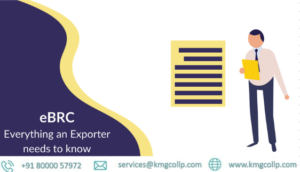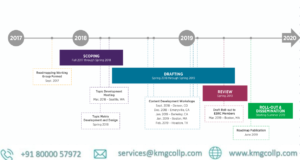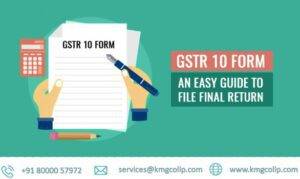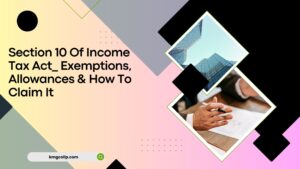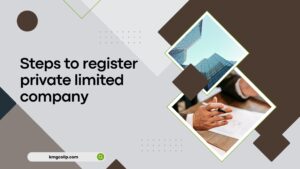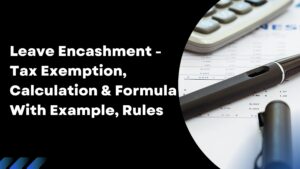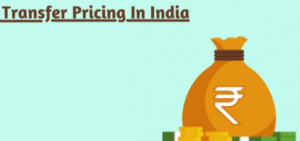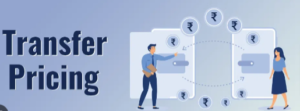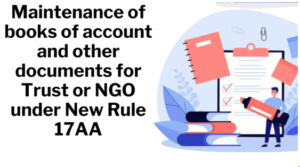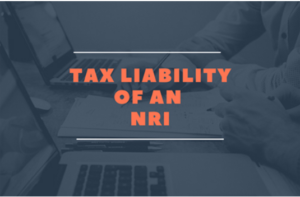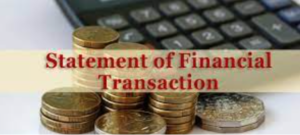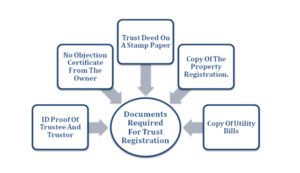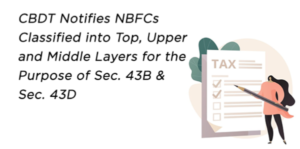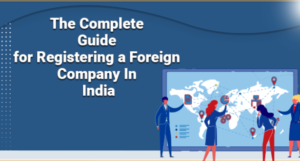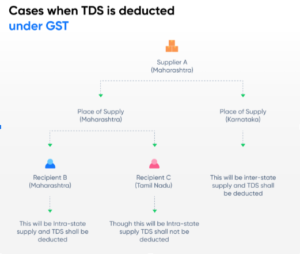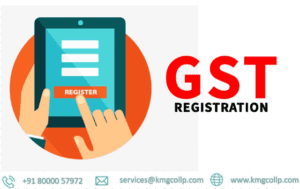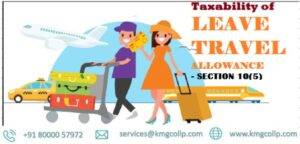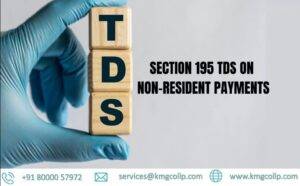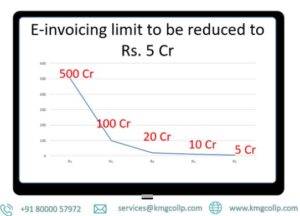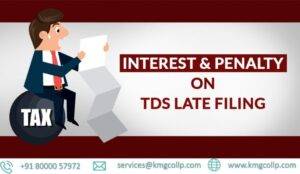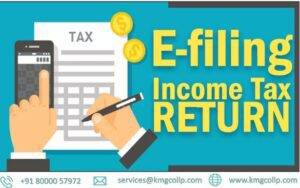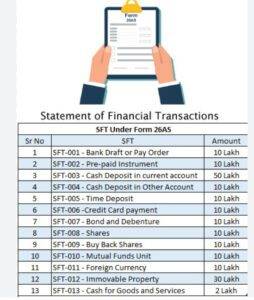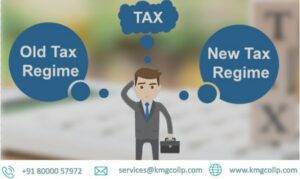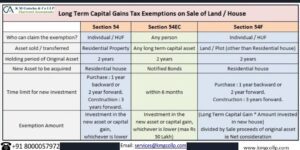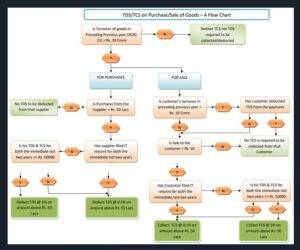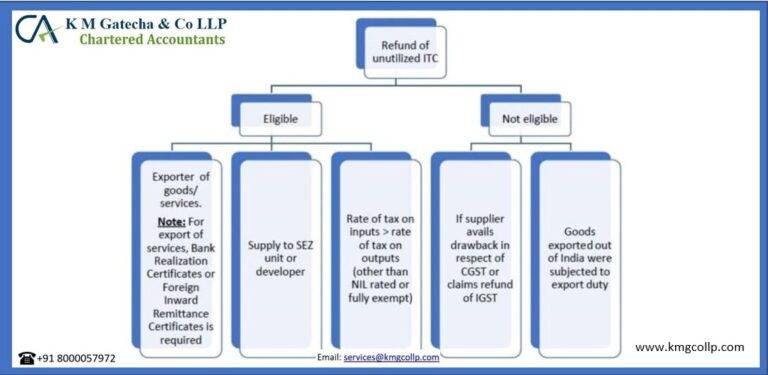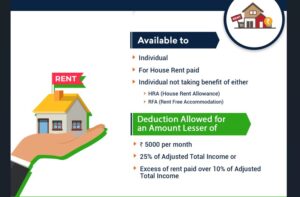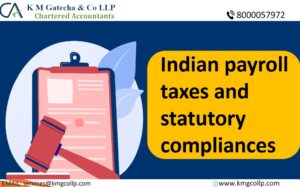
Q.1: Where can I find comprehensive step-by-step instructions for submitting an application?
Ans. For more information, please see the DGFT website’s HELP file.
Q.2: How can I tell if a BRC is an electronic or a manual one?
Ans. From 17.08.2012, banks communicate all BRC information electronically to DGFT. This kind of BRC is called “e-BRC.” Before August 17, 2012, banks issued BRCs in physical forms, which are known as manual BRCs. You can actually look at the situation with your BRC on DGFT site( dgft.gov.in) Note: All BRCs with a BRC date on or after August 17, 2012 are eBRCs, regardless of when they were realized.
Q.3: Is EDI mandatory for shipping bills if my BRC is “eBRC?”
Ans. No. eBRC can be linked to shipping bills that do not use EDI.
Q.4 Whenever I have added Delivery bill to the archive, do I need to add it once more?.
Ans. No. The Shipping Bill can be used as soon as it is added to the Repository. Navigate to the shipping bill repository to view it.
Q.5: Can my shipping bill be used in more than one scheme?
Ans. Yes. Be that as it may, you are not permitted to involve it in a similar plan two times. Example. You can’t get benefits under the DEPB scheme again if you used your shipping bill for the scheme. You can, however, use the same shipping bill for any other scheme that is eligible.
Q.6 My delivery bill has numerous items, each qualified under various plan. For asserting advantage under Different plans, I really want separate acknowledgment an incentive for every item. However, I see a problem here because banks only report a single consolidated realization value for each Shipping Bill—even if a shipping bill contains multiple items. How should this value be divided among multiple Shipping Bill products in order to submit applications for various schemes?
Ans. Assume a Delivery Bill contains 3 product items A,B and C with Dandy qualities US $40, US $60 and US $80 individually (all out Dandy US $180/ – ). Now, if the e-BRC’s total NFE is US$90/-, the benefits on three products, A, B, and C, will be calculated at 20 US$, 30 US$, and 40 US$, respectively, using pro-rata calculations.
Q.7 Who will enter Commission, Protection, and Cargo in the application?.
Ans. The exporter will record these specifics. The DGFT server’s BRC details do not include Commission, Insurance, or Freight values. Exporters must include these when submitting applications for various DGFT schemes.
Q.8 If banks have reported BRC that is lower than total realized value, what happens?
Ans. Exporters must make certain that the bank’s “e-BRC” value reflects the total realized value. Exporters should request a correction from the bank if it has transmitted less than the total realized value after deducting components like freight, insurance, or commission.
Q.9 Deficit in realization (case 1: Shipping bill contains only one product) In comparison to the FOB value stated on the shipping bill, I realized less foreign exchange. How is this deficit to be adjusted when determining entitlement under various programs?
Ans. The system will allocate the realized foreign exchange to each export item in proportion to the shipping bill FOB value in the event of a deficit in foreign exchange realization. The following examples make this easy to comprehend: Example 1 (Single Export Product): If the e-BRC’s foreign exchange realization is US$ 100/- and the shipping bill’s FOB value is US$ 80/-, the benefit would be granted for US$ 80/-. Illustration 2 (Single Export Product): If the e-BRC’s foreign exchange realization is US$100 and the Shipping Bill’s FOB value is US$120, then US$100 would be eligible for FTP benefits. The FOB is used when there are multiple products on a shipping bill.
Q.10 Deficit in realization (case 2: Shipping bill contains multiple products): How is this deficiency to be adjusted for determining entitlement under various schemes?
Ans. The FOB value will be divided proportionally according to the shipping bill’s product list and the multiplication factor if there are multiple products on it. This can be effortlessly figured out through the accompanying representation: Assume a Delivery Bill contains 3 product items A,B and C with Dandy qualities US $40, US $60 and US $80 individually (all out Dandy US $180/ – ). Now, if the e-BRC’s total NFE is US$90/-, the benefits on three products, A, B, and C, will be calculated at 20 US$, 30 US$, and 40 US$, respectively, using pro-rata calculations.
Q11. What exactly is the multiplication factor?
Ans. Increase Variable (M.F) characterizes the proportion between the Dandy worth really understood and Coxcomb esteem referenced on the Delivery Bill. Duplication Element M= Coxcomb esteem really acknowledged in Rs. FOB shipping bill in rupees M’s value should be limited to its actual value or 1, whichever is lower. It will be adjusted to six decimal spots. Note: Conversion scale to be taken as on Delivery bill date.
Q.12 What is Net Dandy( Coxcomb barring commission)? How is Net Coxcomb esteem determined from the worth acknowledged in unfamiliar Money?.
Ans. By subtracting commission from the FOB value in foreign currency, net FOB is calculated. Net Coxcomb boundary is utilized to factor right measure of commission suitable under different plans.
Based on whether the foreign exchange realization is in CIF, &F or FOB; net FB is calculated as follows: Following table gives details?
S | Type of realized value | Net FOB value actually realized equals |
|---|---|---|
1 | If realized value is in CIF | Realized value –(Freight + Insurance+ Commission) |
2 | If realized value is in C&F | Realized value –(Freight+Commission) |
3 | If realized value is in FOB | Realized value – Commission |
Q.13: Which freight, insurance, and commission values are required to be included in the application?
Ans. Cargo, Protection and Commission values ought to be genuine exchange values.
Q.14: How is Commission factored into different schemes? Ans. In FTP schemes, commission is dealt with in two ways. Please provide the following calculation details: A-DEPB and Chapter 3 schemes (ANF 3C and ANF 4G) stipulate that the commission amount must be limited to actual value or 12.5% of net FOB value realized for entitlement purposes; whichever is the lesser. The following formula will be used to determine the allowed commission, item by item: CT= (P/T)*CP CT-permitted commission (thing wise ) P-Evaluated Dandy worth of thing in INR as referenced in SB T-All out SB Coxcomb esteem in INR CP-Absolute commission on SB in Unfamiliar Money B-Advance Approval and EPCG scheme(ANF 4D, ANF 4F, ANF 4H and ANF 5B) To compute qualification, commission sum is to be avoided.
Q.15: In the DEPB and Chapter 3 schemes, how is Realized FOB, including commission, calculated?
Ans. FOBItemFC = [FOBTotalFC * M + CT] FOBItemFC – Item wise Realized FOB including commission FOBTotalFC – FOB Value in Foreign Currency M-Multiplication Factor CT-Allowable commission(item wise) = (Assessed FOB value of item in INR as mentioned in SB /Total SB value in INR) * FOB Value in Foreign Currency * MF + Allowable commission(item wise) Note: This formula is The applicable exchange rate is the rate on the LEO (Let Export Order) Date.
Q.16 As of September 28, 2012, I had an application pending for DEPB/FMS/MLFPS/VKGUY, but since the system was restarted on October 10, 2012, the shipping bills attached to previous applications are no longer visible.
Ans. On the DGFT website, a message advised applicants to either submit shipping bills or manually delete them from the DEPB/Chapter 3 schemes. Such transportation charges which were not erased by the actual exporters have been erased by the framework. Their status is available if they are EDI shipping bills. All Non-EDI delivering bills might be first appended to the transportation bill vault before they can be used in any of the plans
Q.17 What precautionary measures ought to be taken by the candidate at the hour of making a Permitting Application?.
Ans. Client should guarantee that his: 1. The BRC information is accurate. The same data is entered correctly whenever manual data is updated. Commission, Protection and Cargo is appropriately refreshed against each BRC.
Q.18: How can I print eBRC for my own use?
Ans. We are creating framework for permitting printing of eBRCs. Additionally, a strategy for sharing e-BRC with various agencies is being developed.
Q.19 Sometimes I realize forex in parts, which necessitates issuing multiple BRCs. Is it permitted?
Ans. Yes. DGFT framework can handle numerous BRCs gave against a Delivery Bill. Once the exporter has received full payment, they should apply.
Q.20 Might I at any point view all data recorded by me on a solitary screen?
Ans. Yes.
Q.21 Should banks deduct commission from the full acknowledged esteem?
Ans. No. Banks should specify full sum understood. For complete value restoration, you must approach banks. Q. 21A (i)My purchaser delivered everything of $100 to the unfamiliar bank however the unfamiliar bank deducts $10 as its charges and dispatches $ 90 to Indian bank.
Q.22When issuing the eBRC, what is the correct realization value that the Indian Bank should specify? Ans Q.22 The e-BRC has been uploaded by the bank and is visible and accessible on the website. However, when I go to the Shipping Bill to attach the BRC, it says “No Record Found.” This is the actual amount of money that was received in India.
Ans. Please verify the Port Code, Shipping Bill Number, and Shipping Bill Date. To enable automatic matching, it must be identical in both the BRC and the Shipping Bill. The non-selection of BRC details may result from even the tiniest difference. Example: Delivering Bill No. 0790173 appears on the shipping bill, while NSA1 0790173 appears on the BRC. Note: eBRCs issued prior to August 17, 2012 cannot be automatically attached to shipping bills. The exporter must manually enter their information to claim benefits. Treatment of such eBRC will resemble manual BRC. However, in order to facilitate data entry, BRCs reported by banks between 01.04.2012 and 16.08.2012 will be attached to the Shipping Bill with the status “Manual.”
Q.23 I have an EDI shipping bill for free and drawback shipping. Additionally, I am unable to link the customs database to the shipping bill repository. The Shipping Bill is displayed as manually entered in the application when entered manually in Repository.
Ans. Since Drawback and Free Shipping Bill data are not currently exchanged with customs, they must be manually entered. For DGFT purposes, shipping bills will be treated in the same way as manual or non-EDI shipping bills.
Q.24: I have claimed DEPB on an EDI Shipping Bill. Presently I need to guarantee section 3 advantage on that yet it isn’t showing that in customs connect.
Ans. To claim chapter 3 benefits, you can manually enter the Shipping Bill’s details.
Q.25 How to club exports from different ports?
Ans.
Column1 | Column2 |
|---|---|
DEPB | Clubbing of ports not allowed |
Chapter3 | Clubbing allowed only in case of EDI Ports |
DES & EPCG | Clubbing Port wise is not required as Shipping Bills are clubbed File No. wise and License wise |
Q.26 Banks say they’ve uploaded the data, but the DGFT website doesn’t show it.
Ans. Data regarding The DGFT website provides real-time access to eBRC. When an eBRC is successfully uploaded to the DGFT website, banks receive an automated message. The exporter can immediately view these data on the DGFT website afterward.
Q.27: We are unable to include information regarding insurance, freight, and commission.
Ans. Verify your registration on the DGFT website. Only registered ECOM users of DGFT can update the Commission, Freight, and Insurance data on the ECOM site.
Q.28: I am unable to access the repository’s data.
Ans. The selection of details from the repository for various schemes is based on a number of predetermined criteria, such as scheme applicability, port, export date, shipping bill date, and so on. if that’s the case. Any befuddle will result in non choice of the information from storehouse.
Q.29 The framework takes the lesser of the Coxcomb esteem demonstrated in the delivery bill or the e-BRC, however transporting charge subtleties of cargo and protection are approximations.
Ans. Net acknowledgment esteem is determined in the wake of deducting cargo, protection and commission from the worth showed in the eBRC. New acknowledgment esteem in addition to commission is then contrasted and the delivery charge worth and duplication factor for things transporting bill is determined.( These are explained in the eBRC FAQ on the DGFT website. Q.30: If data is available in rupees, what exchange rate should be used to calculate freight and insurance?
Ans. INR.
Q.31: Can I discharge my export obligation against two or more advance licenses using the same shipping bill?
Ans. Yes.
Q.32 What to do when the commodity commitment is in another money?.
Ans. It is permitted. Swapping scale will be as on LEO date of the transportation bill.
Q.33 Will there be a random verification mechanism to guarantee that exporters mention the correct freight insurance, among other things?
Ans. Just like the training for different reports, in irregular cases, exporters might be mentioned to deliver supporting records.
Q.34 I’ve already claimed DEPB on an EDI shipping bill in the past. Now that I want to claim another benefit on the same shipping bill, I can’t load an EDI shipping bill that has already been used.
Ans. Select the shipping bill to be linked from the Administration menu and select the option titled “Link already utilized EDI DEPB Shipping Bill to Repository.” Refer to Help (Q11, under the heading “How to?”) for additional information.
Q.35 I have manually added a Shipping Bill to the repository and claimed a benefit or not. The shipping bill from Customs has been received in EDI mode, but I am unable to add it.
Ans. From the Organization menu Select the choice “Supplant physically entered Delivery Bill with EDI Transportation Bill” and Select the Transportation Bill to be connected. For additional subtleties allude to Help.
Disclaimer: The materials provided herein are for informational purposes only and do not constitute legal, financial, or professional advice. Consult relevant laws and experts before acting on this information. Neither the author nor K M GATECHA & CO LLP is liable for any inaccuracies or omissions. This material is purely educational and not an advertisement or solicitation.
